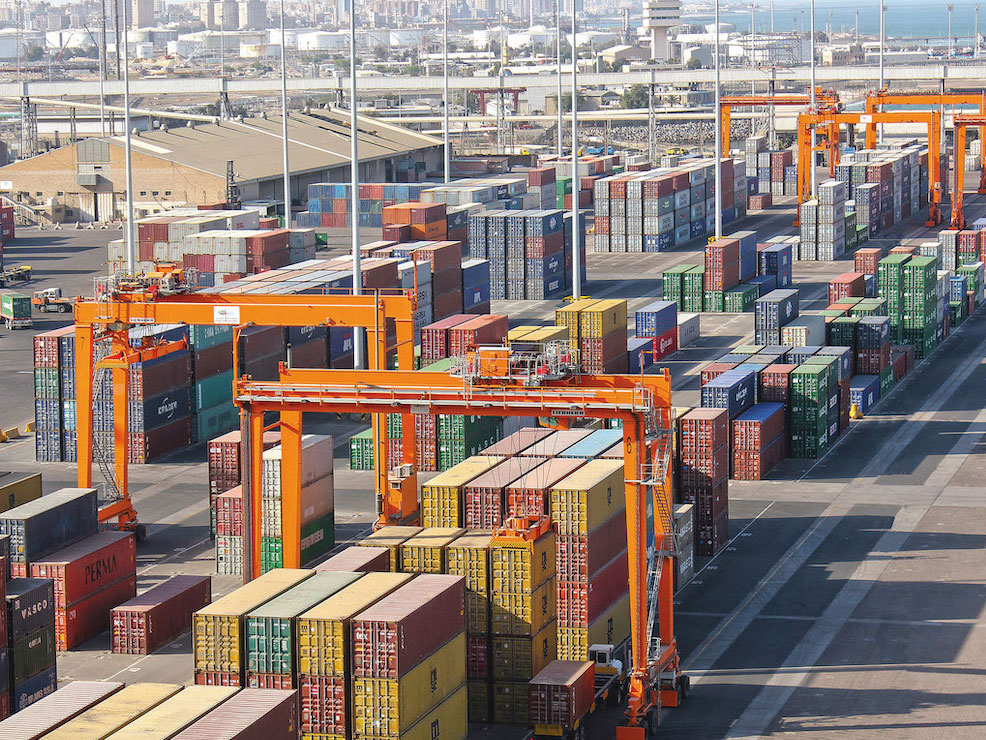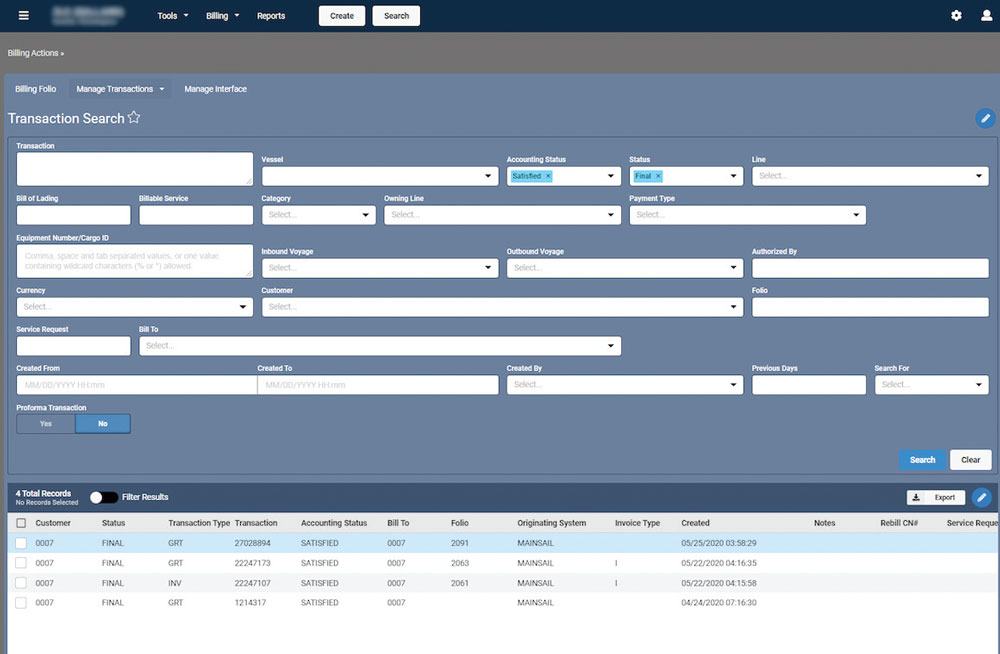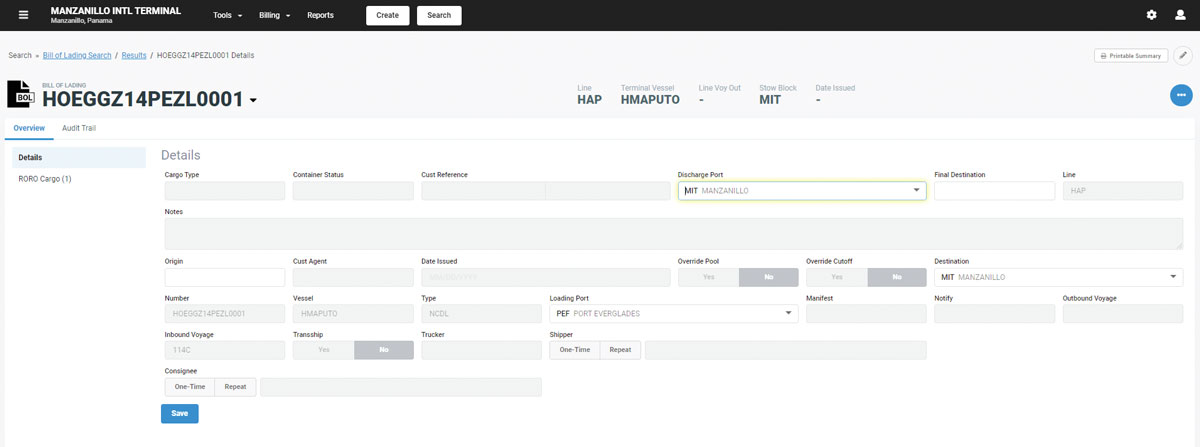There is no doubt that the Covid-19 pandemic has had a negative impact on ports as blank sailings and new routings cut ship calls. Nevertheless, the pace for integrating new technologies and equipment has quickened as the march toward maritime terminal digitalization and the greening of port operations is being embraced as an operational imperative. Despite the pandemic, there is a considerable amount of terminal expansion and rehabilitation underway in the Americas requiring a host of new port technologies. In many cases the terminal expansion is “targeted” to move into a new type of operation, say wheeled to stacked or addressing the need for more reefers but in every instance, new technologies are being deployed.

Terminal Growth and Eco-Efficiencies
The global desire to “decarbonize” marine terminal operations has become a socio-economic necessity and equipment suppliers have responded with a new generation of “greener” and more efficient equipment and processes. Being efficient and greener is also good for business as recent terminal equipment contracts attest.
For example, Montecon SA. (Port of Montevideo, Uruguay) recently placed an order with Liebherr, a Swiss-based equipment manufacturer, for two large electric rubber tire gantry cranes – the first Liebherr RTGs to be deployed in Uruguay. The new RTGs feature BTG Autosteering, stack and gantry anti-collision, and a truck anti-lift system while an active front end (AFE) and a CRD electric power supply eliminates emissions and reduces fuel consumption and noise. The ERTGs can handle ten-container wide truck lane and stack six containers high. And while the ERTGs will be a more visible manifestation of the Port of Montevideo’s presence, the port’s already working on employing blockchain and 5G technologies to advance automation and productivity at the Port.

Similarly, the Port of Wilmington, Delaware also added eco-friendly RTGs. GT USA Wilmington took delivery of five electric powered RTGs from Konecranes, a Finnish-based crane manufacturer. The electric RTGs span seven containers wide and can stack five high and their deployment converts the yard from a “wheeled operation” to a more efficient stacking operation. The purchases are part of GT’s $100 million initial investment in the terminal rebuild. This equipment is the first part of a phased delivery to develop an identified container yard. The cranes will be delivered on site fully assembled by Konecranes ready to be commissioned to enter operations once the yard densification project is complete in the late fall of this year.
In another example of going “electric”, Port Newark’s Red Hook Terminals ordered a fleet of ten BYD 8Y all-electric yard tractors from BYD’s local truck dealer, Hudson County Motors. This zero-emission fleet will be deployed at Red Hook Terminal’s intermodal yard in Port Newark, NJ and will be the largest fleet of heavy-duty electric trucks operating on the U.S. East Coast. Red Hook Terminals is a versatile intermodal operator that also offers stevedoring and cross harbor barge service, with two separate facilities within the Port of NY/NJ complex.
TOS Covers a Lot of Ground
Although the RTGs, Gantry Cranes and other yard equipment are what you see working in a container terminal, behind all the movements is the TOS, the Terminal Operating Systems, which act as the “brains” coordinating all the traffic. As terminals become more and more automated, the intricacies and indeed the importance of the TOS has similarly increased. The reach of the TOS is now well beyond just the yard and is now a fundamental feature of the supply chain.
A good example is Seattle-based Tideworks’ (a Carrix company) Mainsail 10. Recently, Mainsail 10 went live at Manzanillo International Terminal (MIT) in Panama – the first deployment of the TOS. The emphasis of the TOS in the “global supply chain” was purposefully engineered into the Mainsail system. Mainsail is highly configurable and customizable which enables terminal operators to create individualized user experiences and powerful ad-hoc reports that meet their specific needs. Additionally, the solution integrates with back-office accounting and ERP systems among other third-party technologies.
A great deal of port technology currently being introduced is working with legacy systems – essentially the new TOS is designed to extend the life of existing terminal equipment and systems. For example, Kalmar, part of Helsinki-based Cargotec, recently won a contract to supply the Port of Houston with a suite of “process automation solutions” for the Port’s RTG fleet. The port is implementing the Kalmar SmartMap and Kalmar SmartStack process automation solutions for its fleet of over 100 Konecranes RTGs. The implementation work involves retrofitting and commissioning hardware on the cranes and performing related system integration work to integrate the solutions with the port’s Navis N4 terminal operating system (TOS).

Most TOS are aimed at servicing the big box terminals where scale is the key operational element. However, Octopi, part of Navis (and Cargotec) TOS is a little different, aiming more for the smaller and often diverse cargo handling at many secondary ports. In June, Octopi went live at Tropical Shipping’s St. Thomas terminal in the Virgin Islands. After the launch Tropical Shipping began evaluating options to implement Octopi’s cloud-based TOS across their portfolio of terminals throughout the Caribbean.
Tropical Shipping’s St. Thomas terminal enables links to ports in the U.S. and Canada to the Virgin Islands and operates at around 97,000 TEU annually. The small terminal was facing numerous operational challenges and needed to modernize and chose Octopi’s TOS SaaS to give the terminal stakeholders visibility and access to real-time information across its operations, without having to make any additional investments in IT support. Due to restrictions in place from COVID-19, the go-live was successfully completed via remote assistance and because of Octopi’s cloud-based platform with built in KPI dashboard, the project team was able to get live updates and be trained quickly on the TOS, despite not being able to be present on-site.
Overall, terminals throughout the world are moving forward with implementing more digitalization, equipment automation, electrification and flexibilities of terminal operations.
New TOS is coming online daily and the move to full terminal automation is no longer a generation away, but rather an inevitability.





